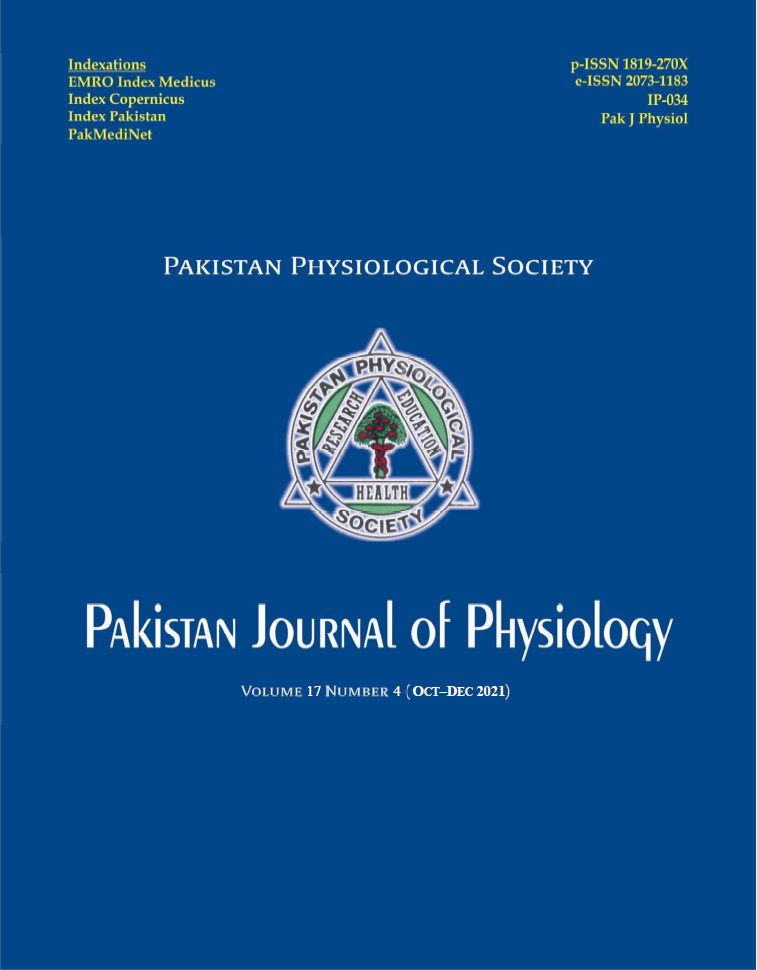IMPACT OF PRIMING WITH THE HELP OF VIDEOS ON THE STUDENTS’ LEARNING EXPERIENCES IN UNDERGRADUATE MEDICAL EDUCATION
DOI:
https://doi.org/10.69656/pjp.v17i4.1396Keywords:
Medical education, Priming, VideosAbstract
Background: Priming is an active learning approach which helps prepare a learner for an educational task. This study aims to introduce priming with the help of videos in undergraduate medical curriculum and to assess the perceptions of students regarding the impact of priming on their learning experiences. Methods: It was a questionnaire based cross-sectional study conducted for 3 months in 2020. Videos were introduced to 2nd year medical students in the Special Senses Module conducted online. Videos retrieved from authentic websites were posted, with due permission, and shared before the didactic session on a particular topic. At the end of module, perceptions of students were gathered via an online questionnaire, after consent. Results: Majority of students ‘agreed’ or ‘strongly agreed’ that priming is an effective way of learning (86%) and they would like to be provided with resources for priming in the future (90.7%). Sum 89.2% of the participants ‘agreed’ or ‘strongly agreed’ that they prefer priming with in class discussion over traditional teaching. Majority of the students ‘agreed’ or ‘strongly agreed’ that the video resources used for priming were conducive to their learning (92.2%), helped in better comprehension of the respective topics (93.8%), and would make it easier for them to revise for assessments (67.2%). Conclusion: This research supports the benefits of priming with the help of videos in undergraduate medical education. Using videos as a tool for priming helps in better comprehension of the and makes it easier for students to revise for assessment.
Pak J Physiol 2021;17(4):42–5
Downloads
Downloads
Published
How to Cite
Issue
Section
License
The author(s) retain the copyrights and allow their publication in Pakistan Journal of Physiology, Pak J Physiol, PJP to be FREE for research and academic purposes. It can be downloaded and stored, printed, presented, projected, cited and quoted with full reference of, and acknowledgement to the author(s) and the PJP. The contents are published with an international CC-BY-ND-4.0 License.











